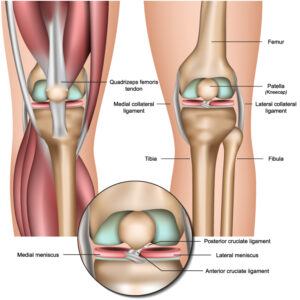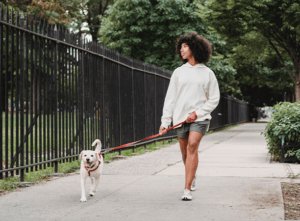LOOKING FOR WAYS TO KEEP YOUR KNEES HEALTHY? WE’RE HERE TO HELP!
1
Learn. Explore this module for in-depth info and useful videos.
2
Practice. Stick with the most helpful exercises.
3
Let us help. Want more help? Start a Conversation with your Care Team.
EXPERT GUIDANCE PROVIDED BY:
-
Melissa Stewart, PT, DPTPhysical TherapistMelissa loves being a person who can help others—especially those in a vulnerable position—reach their goals and assist those who are in a vulnerable position.
-
Janelle Joyce, PT, DPTPhysical TherapistJanelle is a Doctor of Physical Therapy and earned her Bachelor’s degree from Central Michigan University. She was first introduced to Physical Therapy when growing up as a gymnast with an undiagnosed connective tissue disorder which meant that Janelle got injured on a fairly regular basis. She now enjoys helping others heal.
-
Bradley MacDougall, PT, DPTPhysical TherapistWith over 12 years of experience as a physical therapist, Brad enjoys guiding people back to the activities that they love to do and is always looking for the small changes that can make a big impact in someone's life. He enjoys working with recreational athletes who engage in running a few miles or playing pick-up basketball during the weekend.
-
Tyson Matsumoto, PT, DPTPhysical TherapistTyson has always been fascinated by the inner workings of the body. He majored in Biology with a concentration in Neuroscience at Williams College in Massachusetts, then received his Doctorate in Physical Therapy from the University of Southern California. Tyson is also a certified Orthopedic Specialist.






 If you have ever had pain in your knee, you probably walked with a limp until the pain went away. Limping when pain is present is natural—your body moves differently to prevent more injury or harm. In the short term, this is helpful because you can still move around and live your life. Gentle activities that do not increase the pain, such as walking or doing daily activities, can help keep the joint moving well and prevent stiffness from setting in.
If you have ever had pain in your knee, you probably walked with a limp until the pain went away. Limping when pain is present is natural—your body moves differently to prevent more injury or harm. In the short term, this is helpful because you can still move around and live your life. Gentle activities that do not increase the pain, such as walking or doing daily activities, can help keep the joint moving well and prevent stiffness from setting in. But if you walk a little bit each day, your body will get used to it and walking will become easier. If you start slowly increasing the distance you walk, and add time to recover from those longer walks, your body will adapt and become stronger. This process of building strength slowly over time is called “progressive loading.”
But if you walk a little bit each day, your body will get used to it and walking will become easier. If you start slowly increasing the distance you walk, and add time to recover from those longer walks, your body will adapt and become stronger. This process of building strength slowly over time is called “progressive loading.”